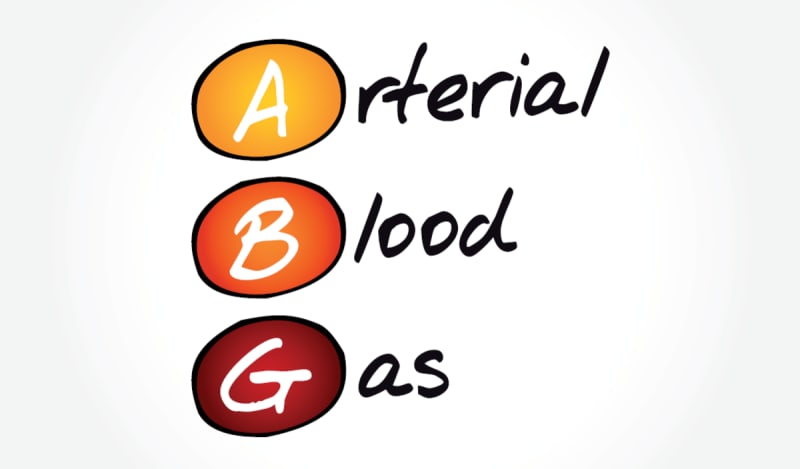What you'll learn
- How to interpret the different components of arterial blood gas analysis, including pH balance, PaO2, PaCO2, bicarbonate, and base excess.
- The basics of acid-base physiology, including the respiratory and renal components of the carbonic acid/bicarbonate buffering system.
- How to identify and differentiate between simple and mixed acid-base disorders.
- The causes and symptoms of common acid-base disturbances.
- How to calculate the anion gap from electrolyte panel results and distinguish different types of metabolic acidoses.
Course Overview:
Participants will learn about acid-base physiology, the body's mechanisms that maintain pH balance, and common causes and symptoms of acid-base disorders. Those who complete this course will have an understanding of how ABG results are interpreted, be able to calculate the anion gap from an electrolyte panel, and understand the basis for diagnosis of simple and mixed acid-base disturbances.
Target Audience
Nurses and midwives
Business Case
This course is foundation skills and knowledge training for all those providing healthcare.
It is consistent with the requirements of the Australian Commission on Safety and Quality in Health Care Clinical Care standards and the National Safety and Quality Primary and Community Healthcare Standards, and the Aged Care Quality Standards as they relate to the subject matter.








